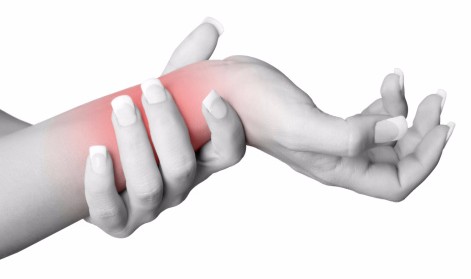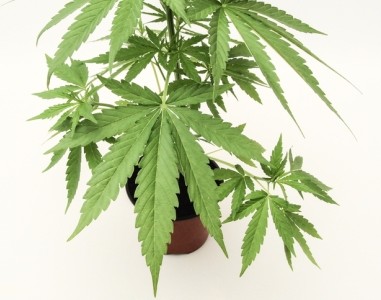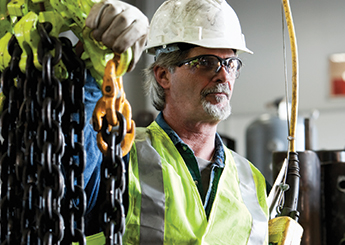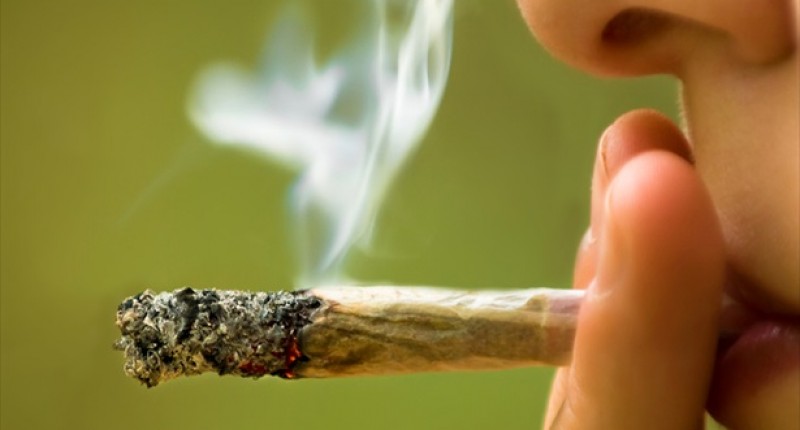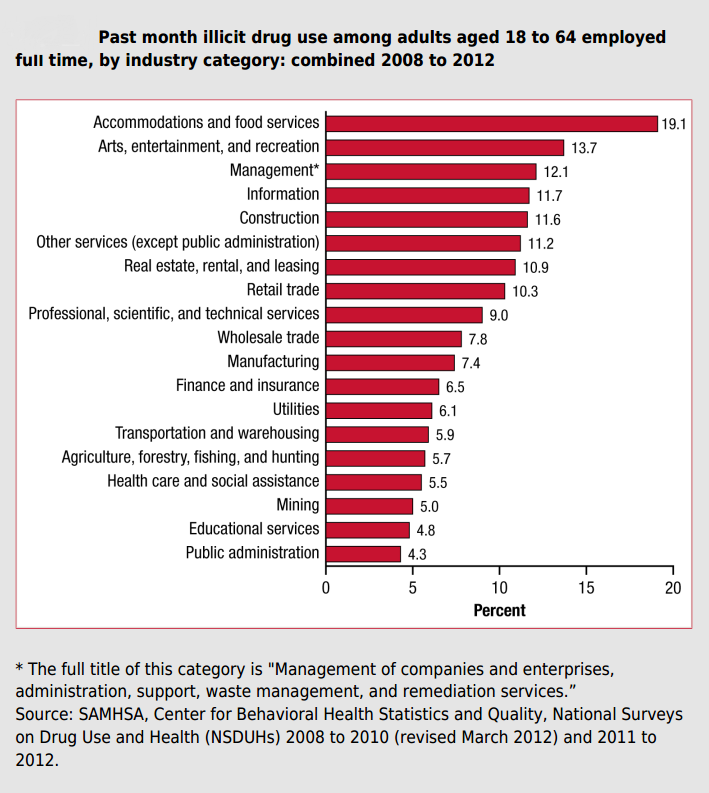Trends in Marijuana Legalization: A Wake Up Call for Employers
New Open Carry Law: Should Businesses Opt out?
Chevron, the largest employer in downtown Houston, has informed its employees that it’s opting out of the new Texas open-carry law.
State of Safety: Changing Demographics
For years, the number of older workers on the job has been increasing, and that number is expected to continue to rise in the near future.
Older workers bring with them a wealth of knowledge from their years of experience. But they also bring increased risk of on-the-job fatalities and severe injuries. If employers want to stem the potential tide of life-threatening and costly incidents among aging workers, the time to act is now.
Is Staffing Agency or Employer Responsible?
[Recently] a company asked OSHA who is responsible for recording injuries of contingent workers when supervision is shared by the host employer and the staffing agency. The company in question is a manufacturer. The staffing agency is responsible for:
Prescription Painkillers and the Workforce
Did employer completely ignore workers’ safety concerns?
More than a dozen times over a two-month period, employees made notations in logs about a crane cable that needed to be repaired. But a court said the company “utterly failed to take steps to discover violations.” What happened when the company appealed a $56,000 OSHA fine?
STOP WORK AUTHORITY
A new job can seem a bit overwhelming, and it’s common for a recent hire to feel uncomfortable. That discomfort may prevent the worker from speaking up about a potentially unsafe environment.


